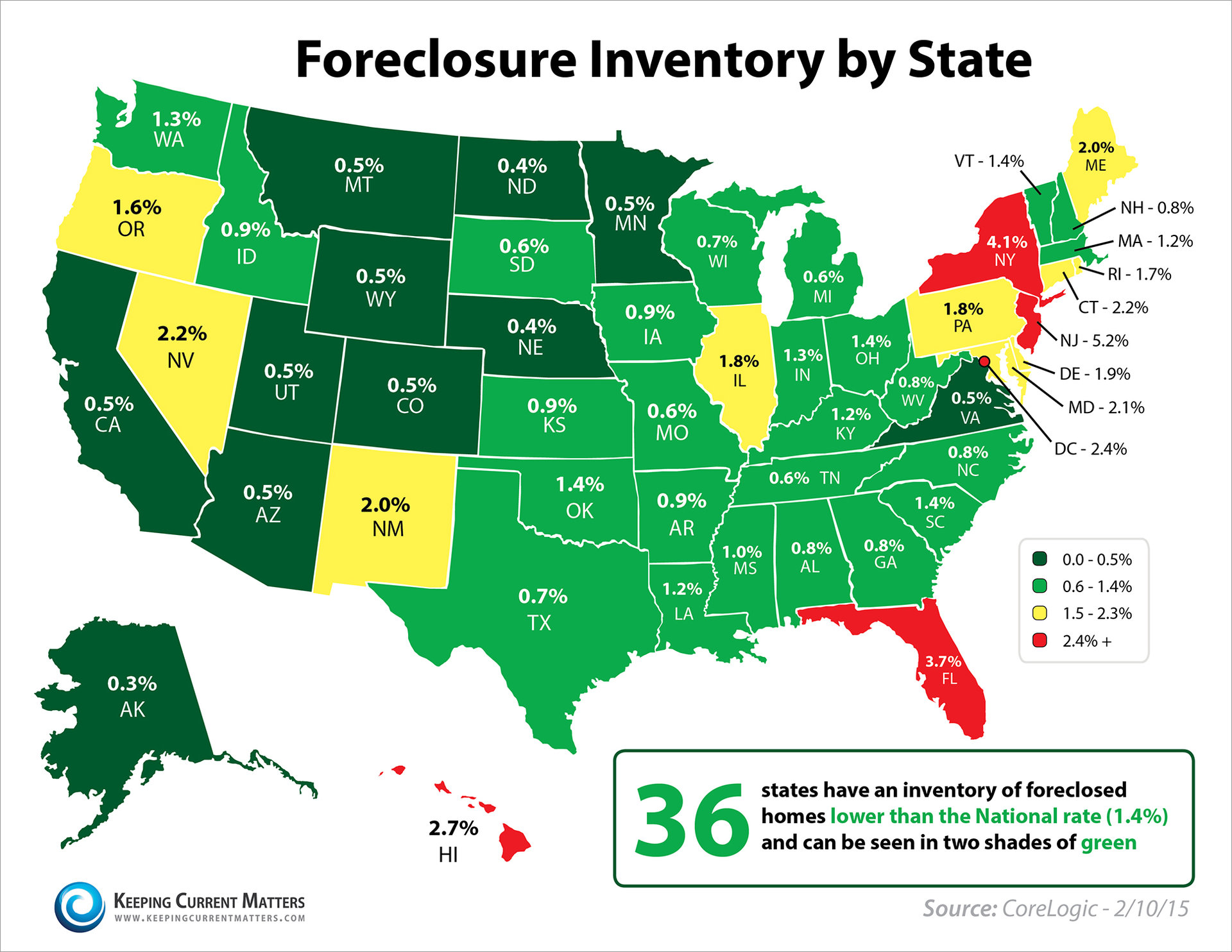7 Ways to Save Money When Building A New House
Keeping Your Home Under-Budget
While I doubt many people have that specific thought, you are going to be tempted by other shiny possibilities throughout your home-building process. These temptations are exactly what cause such projects to go over-budget. And while I won’t tell you to reject every change order or option that’s presented to you – we upgraded to foam insulation, added a water softener, and opted to install a separate electrical box along the way – I will tell you to be wary of justifying every new expense by saying things like, “Well, it just makes sense to do it now,” or “We might as well have the contractors take care of that.”
Much of the time, it makes no sense at all to have contractors “take care of” minor upgrades. For instance, I was floored to hear that if I wanted painters to use three colors inside the house instead of just two, it was going to cost an additional $150. Frankly, I can
paint walls myself – and it’s not going to cost $150.
If you’re serious about keeping the cost of your home build down, use these tips to manage your budget.
1. Get Several Bids and Select a Contractor Wisely.
Don’t just go with the first person you talk to. Even if you love a particular contractor, even if you hit it off and seem to understand one another, and even if you’re friends with the person – especially if you’re friends with the person, in fact – always seek out multiple bids to ensure you’re getting the best possible deal.
Once you’ve gotten a few bids you’re happy with, seek out references. Ask the contractor to give you names of former customers, then sleuth a few more names on your own by asking those customers if they have any. Contractors are going to give you their best possible references, so it’s a good idea to seek out more folks in order to get a well-rounded picture of the person you’re going to work with.
It’s not just the price of the home that costs you money. If contractors drag their feet or fail to effectively manage subcontractors, you may end up paying additional money to correct mistakes or to live in your current home longer while construction drags on. The goal is to
find a respected and affordable contractor whose work can be trusted and who sticks to the promised timeline.
2. Elect for a Smaller, Open Footprint
The bigger the home build, the higher the cost – it’s just basic math. If you’re spending $100 per square foot for a 1,000-square foot home, it’s going to cost $50,000 less than it would for a 1,500-square foot home.
Granted, if you have four kids, two dogs, and your elderly parents living with you, 1,000 square feet may not cut it. But the point is to focus on the things you really need.
One of the best and most efficient ways to do this is to opt for an open floor plan. It can enable you to use a space in multiple ways. For instance, a kitchen with a large island that opens up to the living room can be used as a living, dining, and working space. And, even though the uses are many, the open plan prevents it from feeling cramped.
My husband and I don’t have any kids and we never host dinner parties – and since we share the property with my parents, who have a five-bedroom home, there’s no need for us to have family members for overnight stays. We knew we didn’t need space for a dining room, guest room, or more than one bathroom. What we did need was a wide-open area where we could live and work, having the option to film fitness and nutrition videos in a seamless, work-conducive setting.
The end result is incredibly simple and affordable. The only area inside our 900-foot house with actual walls is our bathroom, and we didn’t even need to have those walls built – our bathroom was the barn’s tack room, so the construction was already there.
By keeping our construction small and simple – without adding extra costs for interior walls, doors, hallways, wiring, or plumbing – we saved ourselves a lot of money. And, while I recognize that our situation is unique, you can certainly apply the same perspective to your own build – what space do you actually need? What areas do you actually use? How can you maximize an open floor plan to accommodate multiple uses and functions without adding to the cost of your home build?
3. Choose a Forgiving Aesthetic
Deciding to go with any sort of “industrial” or “rustic” aesthetic can be incredibly forgiving when it comes to finishing your home – specifically, you can leave some projects unfinished, and the end result still looks purposeful.
For example, we opted for concrete flooring, which looks fabulous with our low-key, “industrial” vibe. In fact, only one-third of our
concrete flooring has been dyed, and we may opt to simply finish the remaining floors, without adding a colored dye.
We also built a loft area with stairs so we could sleep on the second level, but we opted not to have the underside of the loft drywalled. We kept the stairs as they were built – with basic wood and plywood, rather than having them finished. Aside from a little paint, they’re exactly as they were originally put together. The unfinished wood looks “rustic,” and when combined with the other features of our home, the total aesthetic comes together as “rustic industrial.”
Finally, because the aesthetic we were going for was so basic, it gave us the flexibility to build our kitchen out of cinder block and butcher block, then add inexpensive open shelving to the walls. Cinder block isn’t exactly standard kitchen-construction fare, but the materials were cheap and the end result was exactly what we were going for.
4. Do the Work Yourself
My husband and I aren’t the handiest folks around, but our willingness to take on certain tasks saved us money. For instance, we installed our sinks and our toilet, put together our own kitchen, and dyed a third of our concrete flooring. We plan to install more lighting in areas where the contractors ran wire but didn’t add fixtures, and eventually we plan to finish our shower – it works and it’s waterproof, but it’s not a “finished” product.
Paying contractors to put together our kitchen and install our fixtures would have added thousands of dollars to our budget. While it’s occasionally been a frustrating and time-consuming process learning how to take on some of these tasks, it’s also been rewarding, and it’s brought us closer to our home. If our sink or dishwasher ever springs a leak, I now know how to fix them.
That said, I wouldn’t suggest you take on every project yourself. Unless you have extensive experience with electricity or plumbing, I would leave running wire and laying pipe to the professionals. The last thing you want is to burn down your house or cause a flood because you didn’t set up your utilities correctly.
5. Source Materials When Possible
Talk to your contractor about sourcing your own materials. In some cases, the contractor and subcontractors can get better prices on bulk items, such as lumber and paint. However, in other cases it makes sense to do your own digging and buy less expensive – but still high-quality – items on your own. For instance, our contractor was going to buy a water heater for $850, but we were able to find a comparable model for just $350. We bought it separately and had our contractor install it.
Generally speaking, I’d suggest you source new materials rather than pre-owned, but that depends on what you’re looking at. For instance, go ahead and buy a new water heater or air conditioner from a retailer such as
Amazon or
Home Depot, but consider
shopping on Craigslist (or even
eBay) for second-hand flooring, cabinetry, or light fixtures.
If you have a
Habitat for Humanity ReStore in your area, call and ask when it receives its donations. These stores often stock new, high-quality items such as light fixtures, toilets, windows, and doors. Furthermore, they also receive donations of second-hand items. It’s a little hit-or-miss (much like a Goodwill), but you may be able to snag truly great pieces, such as stainless steel appliances or granite counter tops, at a major discount.
6. Know When to Splurge
The original bid for our home’s insulation was for batting, not foam insulation. While the price was better, our contractor pointed out that using batting in a metal building would be much less energy-efficient than foam insulation, and rodents might find their way into the walls and use the batting as bedding. We saw evidence of this when the contractors pulled out the old batting behind the former tack room’s walls. No one should ever see that many rat pellets in their home.
In addition to that, the roof of our barn is metal – and it gets loud during rain storms. Foam insulation would be better at muffling the sound than batting would be. After hearing all the evidence, we decided the additional $1,600 to insulate our home with foam would be well worth the cost.
When this type of change order is presented to you, consider the pros, cons, and long-term benefits of increasing your budget. In our case, opting for foam insulation should help us
save on energy bills and prevent us from dealing with unpleasant experiences, such as rodents or excessively loud thunderstorms.
7. Salvage Materials for Reuse
Use whatever you can, however you can. We salvaged a whole barn and worked our layout around its tack room so we could use the studs that had already been built. We kept the sliding barn doors so we could sell them or use them in another capacity, and we used leftover lumber as wooden slats for shelving in our cinder block kitchen.
Construction projects often create material waste that can be reused in other ways and in other areas. Think creatively, and don’t let your contractor simply throw scraps away until you’ve had the chance to go through them. You shouldn’t turn into a hoarder and keep everything, but you also shouldn’t simply discard good materials.
Final Word
There’s a
difference between being miserly and being frugal. My grandmother was darn-near miserly, refusing to install an air conditioner in her home despite the fact that she was regularly uncomfortable and had plenty of money to pay for it. In contrast, my uncle told me, “It’s okay to be frugal, but don’t go overboard – live so you enjoy your life too.”
When constructing your home, be frugal, but don’t go overboard. You have to live in the home you build. You want to enjoy it, you want it to reflect your personality and your priorities, and you want it to be a comfortable space to spend your time in. During the construction process, it’s important to watch your bottom line and live within your budget, but you don’t want to cut corners that would negatively impact your long-term quality of life.
Have you built a home? How did you manage your budget and save money?
If You Are Looking To Build,
262-443-2672








